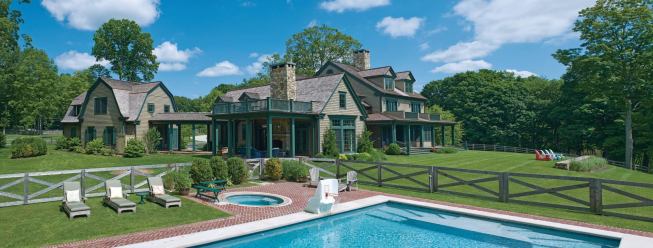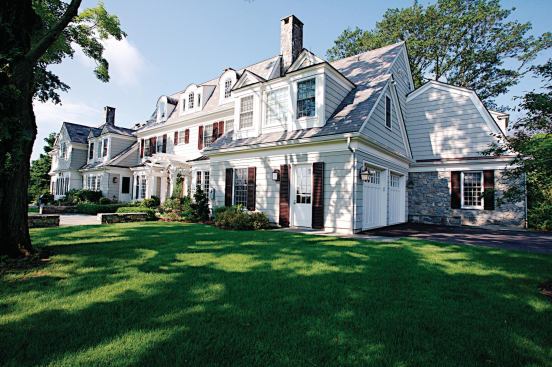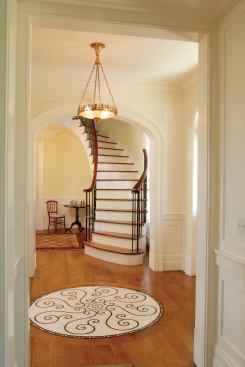Kathleen O’Rourke
Joseph Kais
In business, one never knows where a fork in the road will lead. Ask Joseph Kais. In 1996, Kais signed on as a project manager with a high-end New York builder with an office in Fairfield County, Conn. Less than a year later, he remembers, “They went out of business, like, overnight.” But if Kais was shocked by that development, he seems to have recovered quickly. “I had been smart enough to get my contracting license, and I took over the job I had been leading. That was the start of Kais Custom Builders.” It wasn’t the first time that preparedness, quick thinking, and a bit of nerve allowed Kais to turn an event seemingly beyond his control into a lucky break, and it wasn’t the last.
A native of western Massachusetts, Kais, now 47, earned an undergraduate degree in construction management with a minor in architecture, and started out working for an architect in Nantucket, Mass. In 1990, he left for Seattle where he found a job managing the construction of a 41-unit housing development—in Japan. A job with a Seattle design/build firm followed, and Kais started his own company in 1993.
Kais moved back east for personal reasons, but his business timing was impeccable. Unlike most of the country, he says, “There really was no recession [in Seattle].” And the East Coast market was just shifting into high gear.
It was only months after settling in Connecticut that Kais suddenly was in business for himself. He acclimated quickly, summoning the nerve to call a New York architecture firm for whom he had been preparing a bid and ask to interview for the job himself. The architects politely declined but sent a small project his way instead. Cementing the relationship with a quality job, Kais jumped to the top of a ladder other builders spend years climbing. For the next decade, his typical project size ranged from $1 million to $3 million. Kais had plenty of competitors, he says, “but there was so much work at that price point.” And, running three projects at a time, “I didn’t need that many of them.”
The Great Recession altered the equation, reducing the flow of projects and increasing competition. Kais knew there were $10 million to $15 million projects out there, and when he looked at who landed those jobs, “It was the same two or three guys. The challenge for me was getting invited to bid and then selling my company, convincing them we could do the job.”
Kais’ first few large bids were, “an eye-opener,” he remembers, “losing a couple of those jobs and learning why.” After hearing about the personal attention he gives each project, one client asked, “What happens if you get hit by a bus?” Partly in response, Kais invested in the kind of accounting systems that reassure his clients that he’s not running the business in his head.
The upmarket shift was successful. The company’s jobs have ranged from $7 million to $18 million in the past few years, Kais says, and projects begun before the crash carried the company through the worst of the recession. The market remains tight, but major commissions are still out there, and Kais has proved himself. Not so long ago, he says, “I would hear, ‘You’ve never done one; you’ve got to get one under your belt.’ Now we have a résumé of those.”
Like many Kais Custom Builders projects, this new Fairfield, Conn., residence involved more than just a house. The 6-acre site also holds a separate garage structure, a pool, and a horse barn. Architect: Mark P. Finlay Architects, Southport, Conn.
Completed in 2003, this New Canaan house represented something of a step up for Kais. At more than 17,000 square feet, it placed his company among the select few builders at the top of its market. Architect: Gullans & Brooks Associates, New Canaan, Conn.






